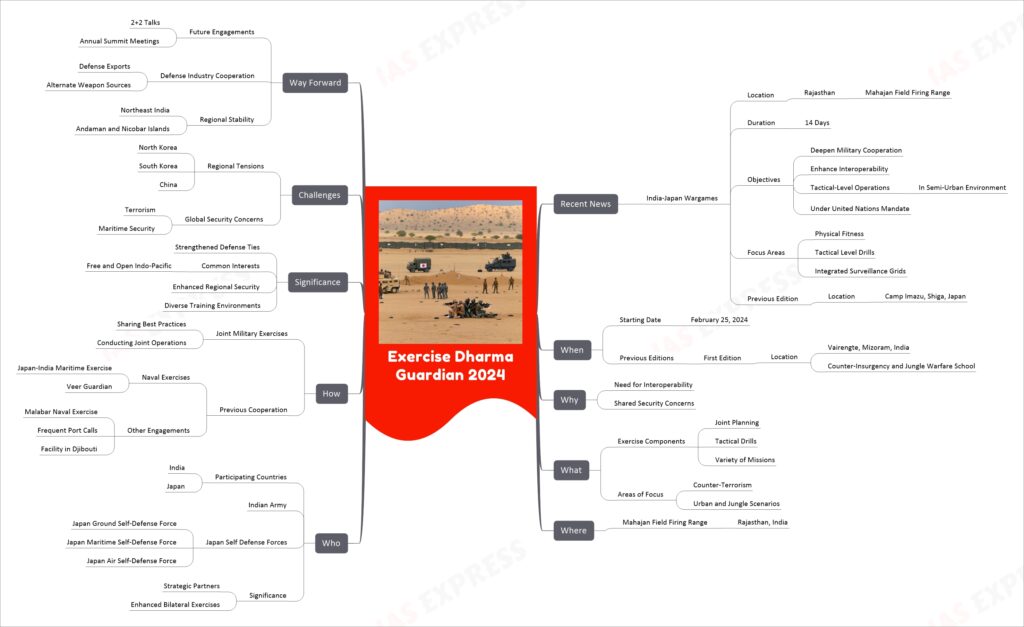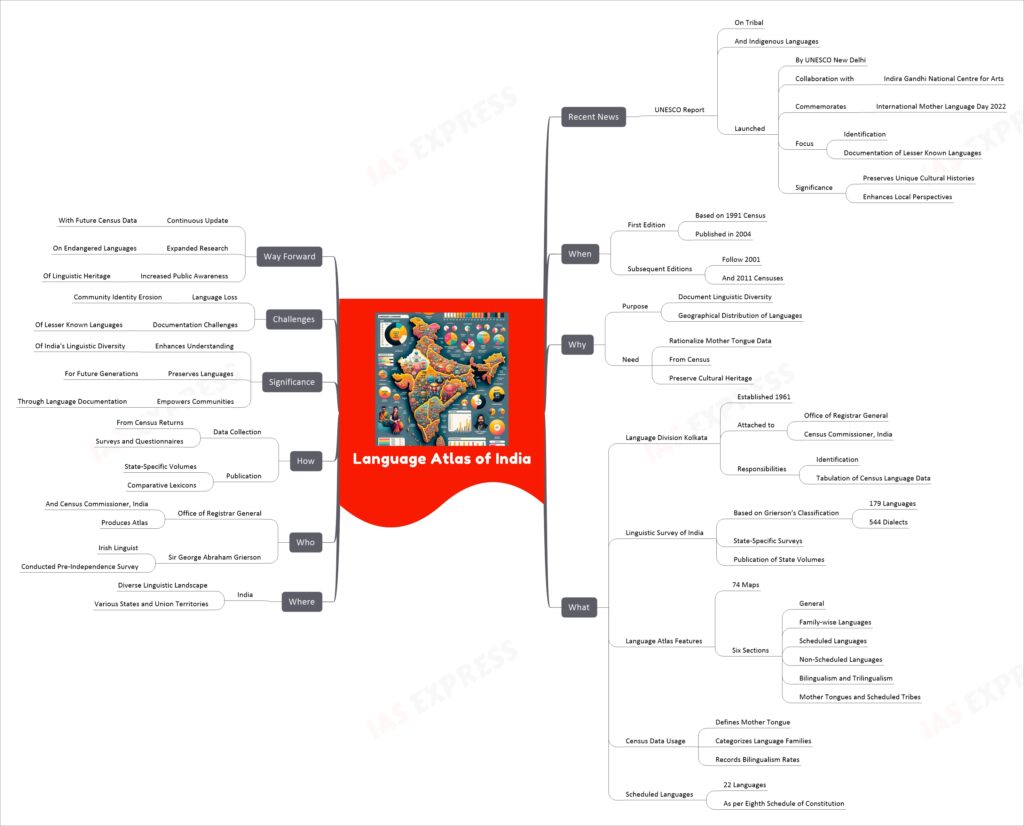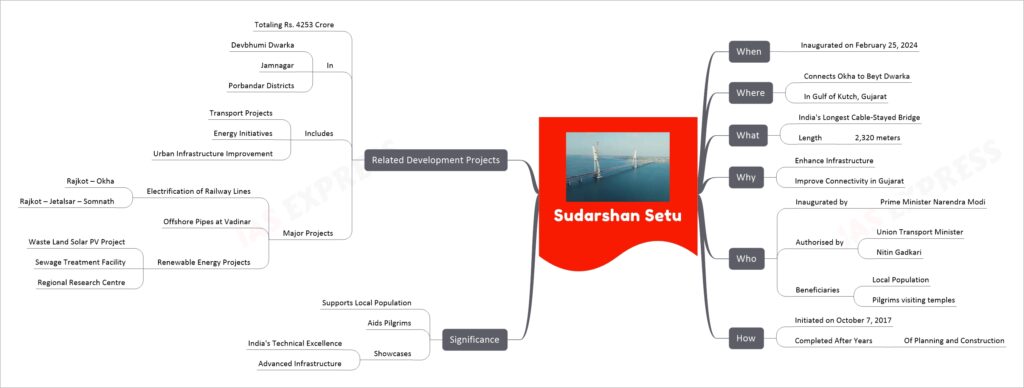[Newsbits] 25-26.02.2024: Sudarshan Setu, Household Consumption Expenditure Survey (HCES) & More


The Ministry of Statistics and Programme Implementation (MoSPI) recently released the highlights of the latest nationwide Household Consumption Expenditure Survey (HCES) conducted during 2022-23 by the National Statistical Office. This survey comes after a significant gap since the last release for 2011-12, with the 2017-18 round not being released post demonetisation and GST implementation.
The HCES tracks detailed household spending data across various categories such as food, education, health, and transportation, providing insights into consumption behavioral shifts. The report reveals an increase in rural consumption spending, with rural average monthly consumption per person rising by 164% from 2011-12 to 2022-23, compared to a 146% increase in urban areas. This data marks an improving parity between rural and urban consumption.
A significant change in purchase priorities has been observed, with a boost in rural non-food spending. The share of non-food products in the monthly rural consumption budget expanded from 47% to 54%, while food items share dropped from 53% to 46%. The survey also reports on the economic disparities within rural and urban populations, noting the differences in average Monthly Per Capita Consumption Expenditure (MPCE) among the top and bottom percentages of these populations.
NITI Aayog’s CEO, B.V.R. Subrahmanyam, highlighted the survey’s indication of historically low poverty levels, with less than 5% of the population falling below the economic poverty marker of a monthly income under ₹5000.
MoSPI has announced that a detailed report will be released soon, which is expected to play a pivotal role in reviewing critical economic indicators such as the Gross Domestic Product (GDP), poverty levels, and the Consumer Price Inflation (CPI).

Exercise Dharma Guardian 2024 is a joint military exercise between India and Japan, held at the Mahajan Field Firing Range in Rajasthan. Starting on February 25, 2024, this 14-day event aims to deepen bilateral military cooperation and enhance interoperability, focusing on tactical-level operations in semi-urban environments under the United Nations mandate. The exercise includes joint planning, tactical drills, and various missions emphasizing physical fitness, counter-terrorism, urban and jungle scenarios. Both countries, strategic partners, aim to strengthen defense ties and ensure regional security, reflecting their common interest in a free and open Indo-Pacific. The exercises also address global security concerns like terrorism and maritime security. Future engagements include 2+2 talks, annual summit meetings, and collaborations in the defense industry, particularly in defense exports and weapon sourcing.

The Language Atlas of India is a comprehensive resource that maps the linguistic diversity of India based on census data. It was first published in 2004 using 1991 census data, with subsequent editions following later censuses. The atlas, produced by the Office of the Registrar General & Census Commissioner, India, documents languages and dialects across India, categorizing them into various language families and recording rates of bilingualism. Recent efforts, like the UNESCO report on tribal and indigenous languages, emphasize the significance of documenting and preserving linguistic diversity. The atlas serves as a vital tool for understanding India’s rich linguistic heritage, highlighting the importance of language in cultural identity and community empowerment.

The Sudarshan Setu, inaugurated by Prime Minister Narendra Modi on February 25, 2024, is India’s longest cable-stayed bridge, connecting Okha and Beyt Dwarka in Gujarat. Spanning 2,320 meters, it significantly enhances the region’s infrastructure and connectivity. Initiated in 2017 and part of a broader development project in Gujarat, it supports the local population and temple pilgrims. Accompanying projects focus on transport, energy, and urban infrastructure improvements, including railway electrification and renewable energy initiatives.
If you like this post, please share your feedback in the comments section below so that we will upload more posts like this.
